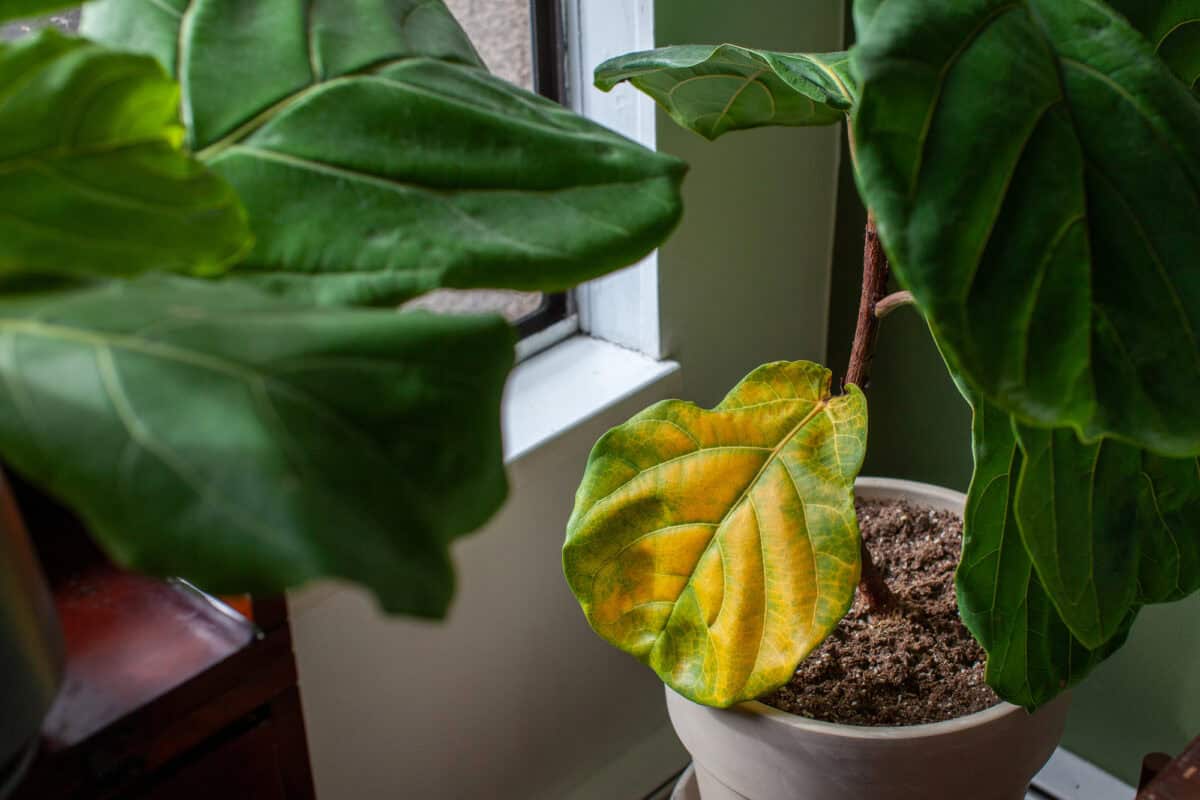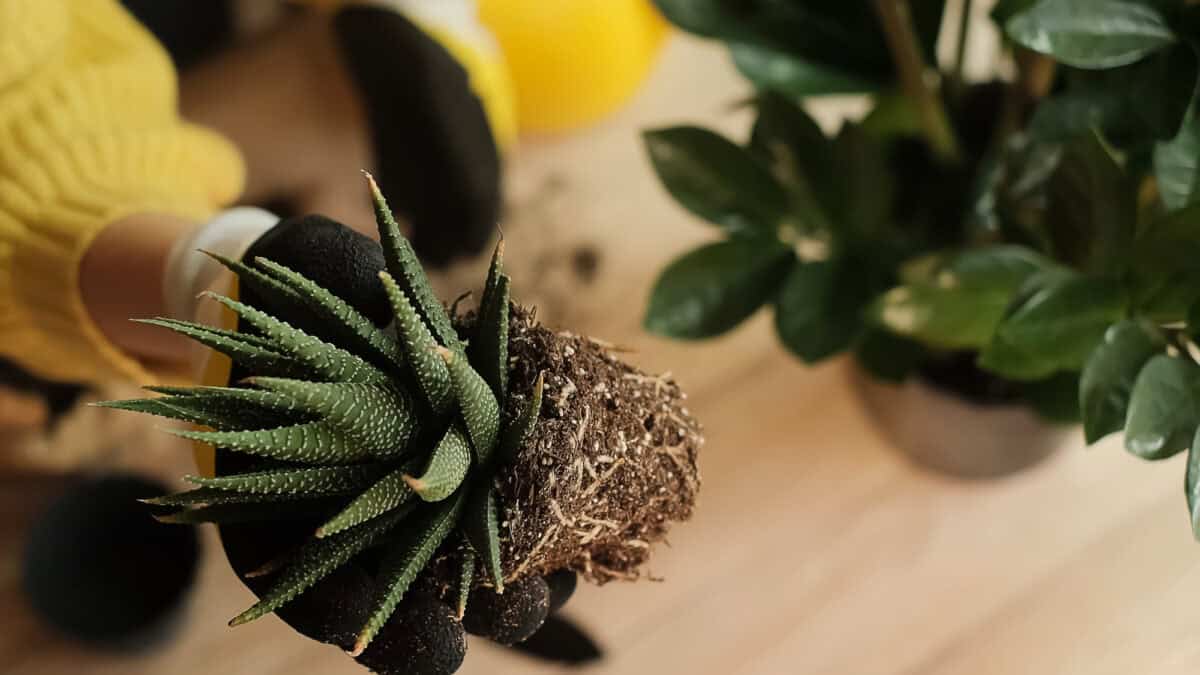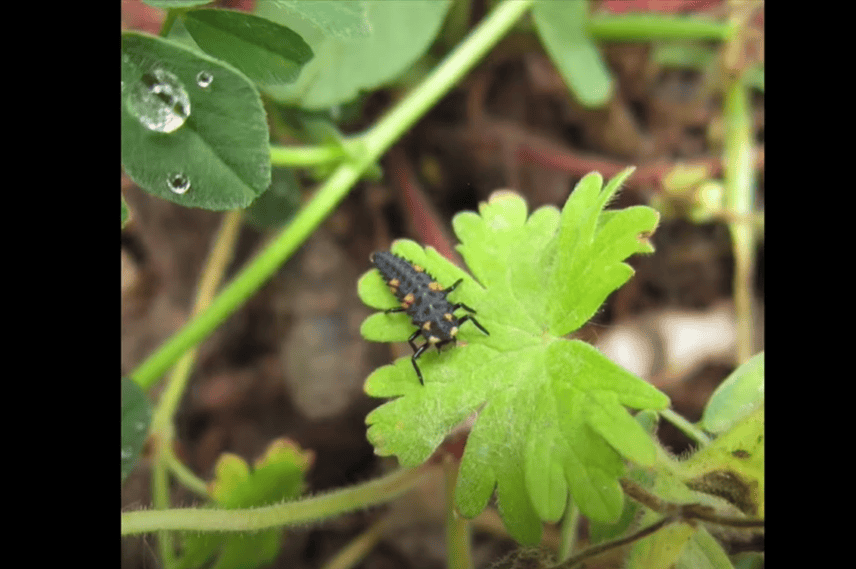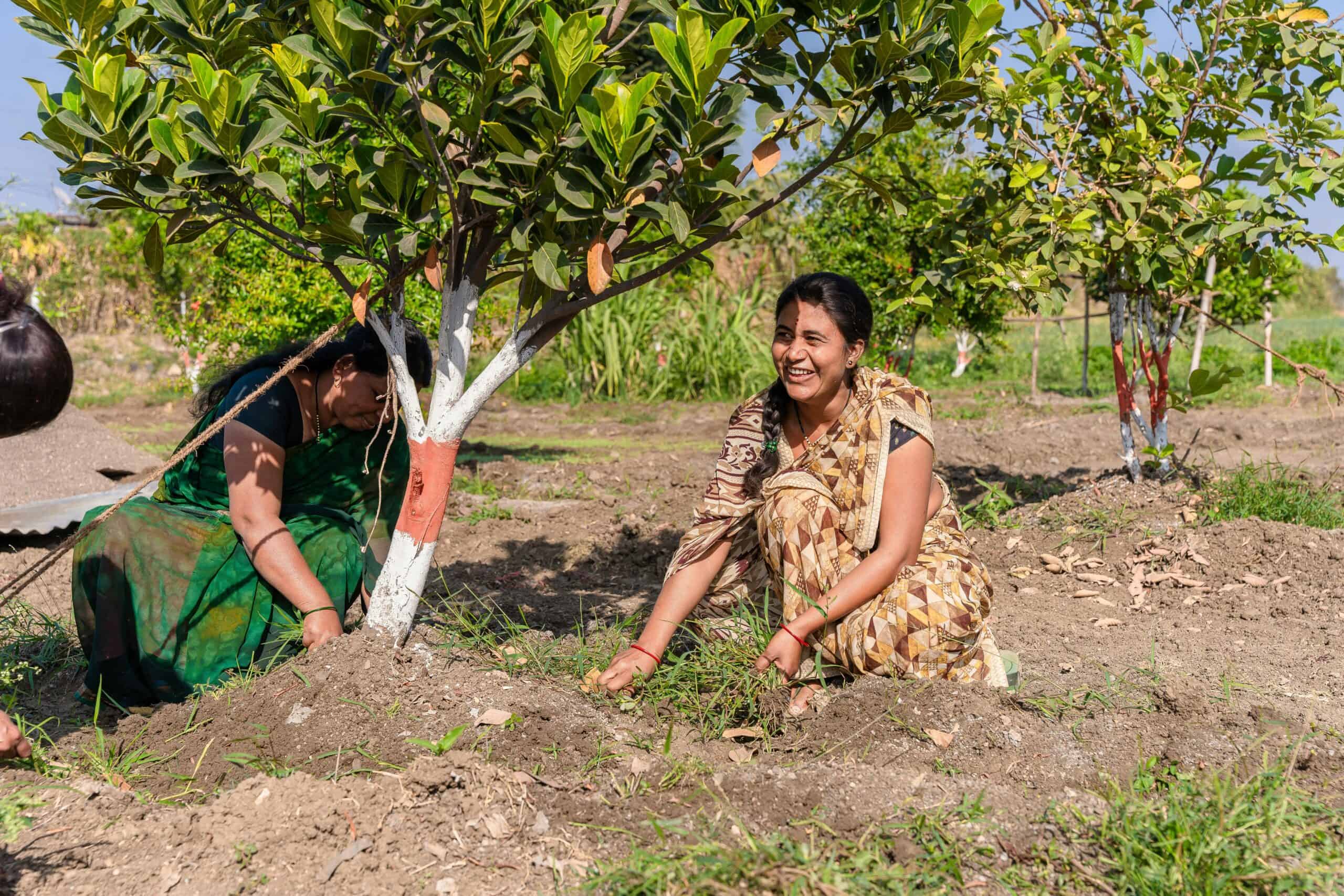Gardening for butterflies is a delightful way to invite these enchanting creatures into your backyard while promoting biodiversity and supporting the local ecosystem. Butterflies, with their vibrant colors and delicate flutters, are not only beautiful to observe but play a crucial role as pollinators. Creating a butterfly-friendly garden involves selecting plants that provide essential nectar and breeding habitats. This guide will walk you through the best plants to grow to attract and nurture butterflies, ensuring your garden becomes a thriving sanctuary for these important insects.
Understanding Butterfly Needs

Before diving into the best plants to grow, it’s beneficial to understand what butterflies need to thrive. A successful butterfly garden has two main components: nectar plants for adult butterflies and host plants for caterpillars. Nectar plants provide the necessary sustenance for butterflies, while host plants are where butterflies lay their eggs, and caterpillars can feed upon hatching. Consider planting a combination of both to support the full butterfly life cycle.
Top Nectar Plants for Butterflies

To attract butterflies, integrate a variety of nectar-rich plants into your garden. Here are some top choices:
1. Buddleia (Butterfly Bush): Known for its long, fragrant flower spikes, Buddleia is a magnet for numerous butterfly species. It blooms in various colors, including purple, pink, and white.
2. Lantana: This hardy plant offers clusters of vibrant flowers that attract butterflies with their sweet nectar. Lantana is heat-tolerant and can add a splash of color to your garden.
3. Echinacea (Coneflower): These perennials not only draw butterflies but also add architectural interest with their large, daisy-like flowers. They are drought-tolerant and come in a range of colors from purple to pink.
4. Asclepias (Milkweed): Aside from being a crucial host plant for monarchs, milkweed flowers provide ample nectar for many butterfly species.
5. Verbena: With long-lasting blooms, verbena attracts butterflies throughout the growing season. It thrives in well-drained, sunny locations.
Host Plants for Caterpillars

In addition to nectar plants, certain species require specific host plants during their caterpillar stage. Planting these will support the entire butterfly life cycle:
1. Milkweed (Asclepias): The sole host plant for monarch butterflies, milkweed is essential for their reproduction and survival.
2. Fennel and Dill: These aromatic herbs serve as host plants for swallowtail butterflies. While the adults sip nectar, their larvae feed on the leaves.
3. Passionflower (Passiflora): Host to gulf fritillary and zebra longwing butterflies, this striking vine provides larvae with plenty of foliage to munch on.
4. Nettles (Urtica): Several butterfly species, including the red admiral and peacock butterfly, lay their eggs on nettle plants.
5. Hollyhock (Alcea): A favorite of the painted lady butterfly, hollyhocks are another excellent option for hosting caterpillars.
Creating a Butterfly-Friendly Environment

Aside from choosing the right plants, consider these additional tips to create a welcoming habitat for butterflies:
Provide Sun and Shelter: Butterflies are cold-blooded and need sunny spots to warm up, so plant them in sunlit areas and include flat stones where they can bask. Further, provide shelter from the wind with strategic plant placement or garden structures.
Water Sources: Butterflies are drawn to shallow water sources for drinking and puddling. Consider adding a shallow dish with water and some stones for basking, or create a damp sand or mud area that serves as a mineral source.
Avoid Pesticides: Chemicals can harm butterflies and other beneficial insects. Opt for natural pest control methods to maintain a healthy butterfly population.
Conclusion

Gardening for butterflies is a rewarding endeavor that not only enhances your outdoor space with beauty and movement but also contributes significantly to environmental health. By selecting the right mix of nectar and host plants and creating a conducive environment, you can transform your garden into a vibrant sanctuary for butterflies, supporting their lifecycle and the broader ecosystem. Remember that patience is key; with time, your efforts will yield a diverse array of butterflies that will bring joy and vitality to your garden.
- 10 Animals That Use Bizarre Survival Tactics - August 9, 2025
- The Most Beautiful Bird Migration Routes Across the US - August 9, 2025
- 14 Dog Breeds That Love to Cuddle - August 9, 2025

